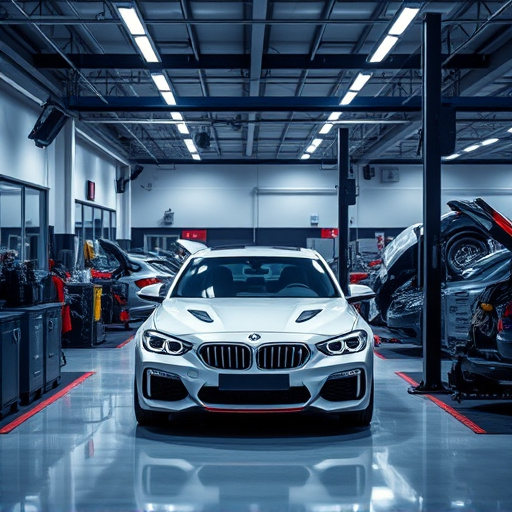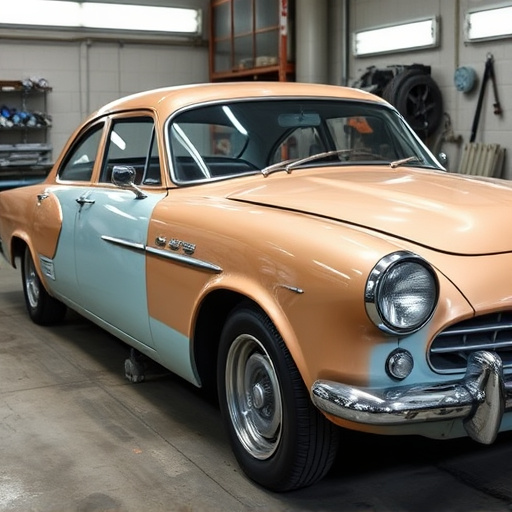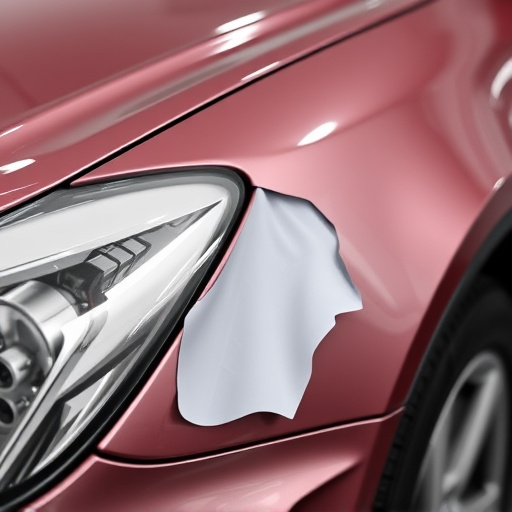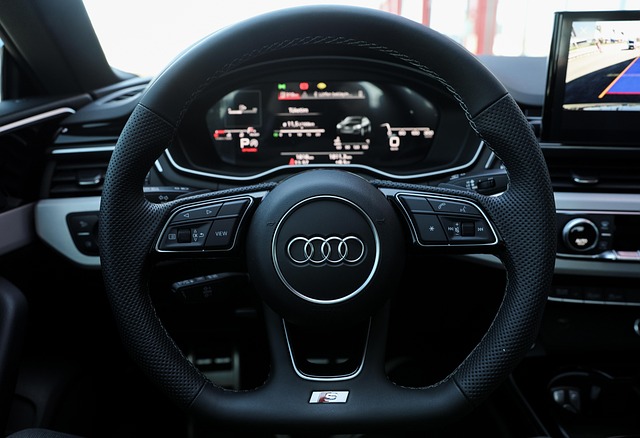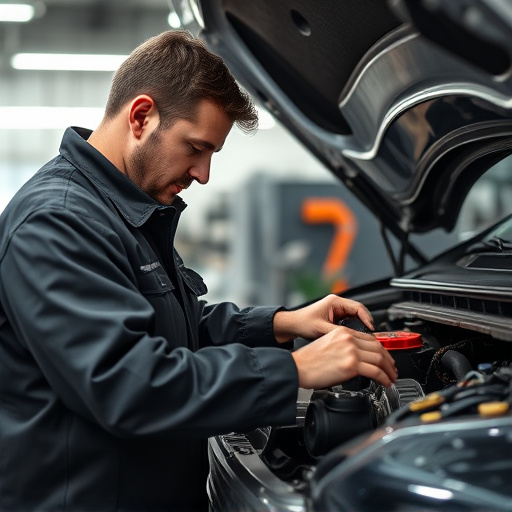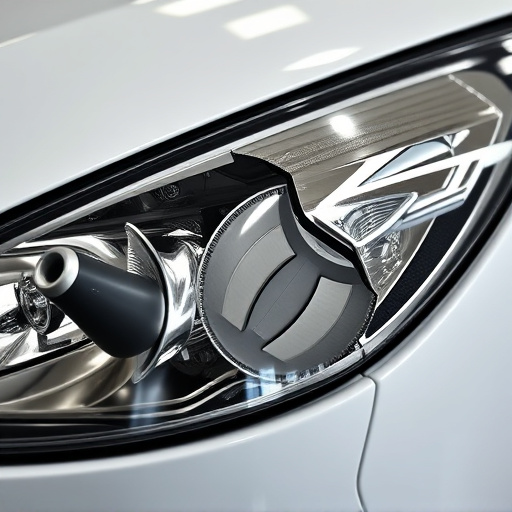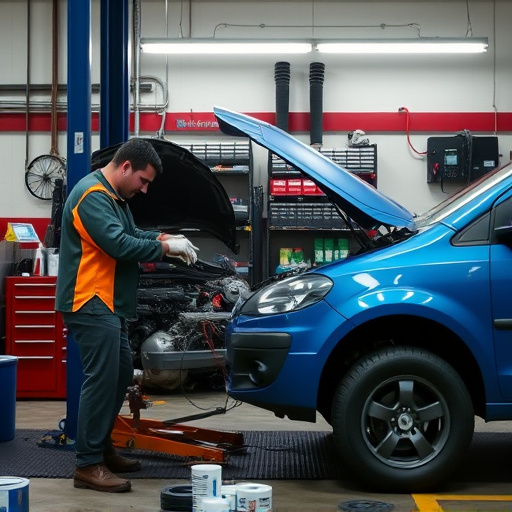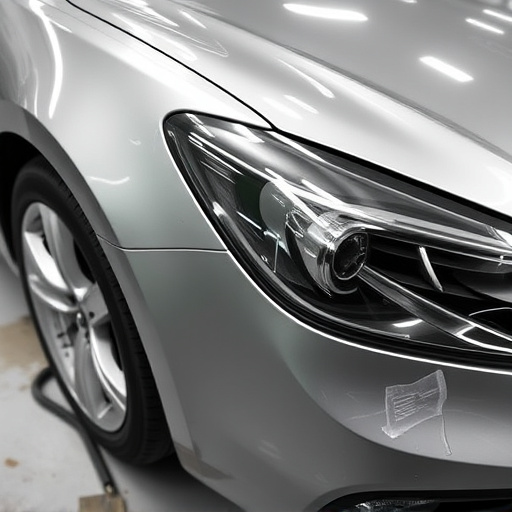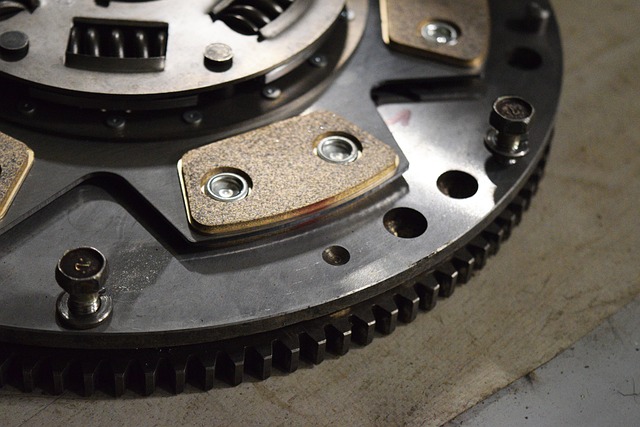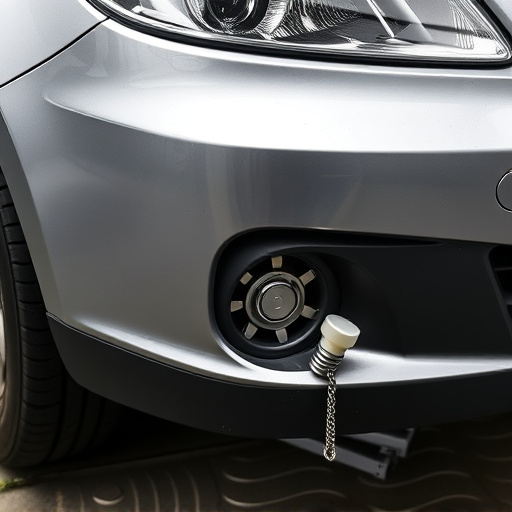Frame repair cost varies based on vehicle type, model, and damage cause, with SUVs easier to fix than smaller cars. Collision centers charge by job complexity, involving metalwork, welding, and parts. Luxury vehicles with intricate frames and advanced safety features are more expensive to repair. Accurate budgeting requires understanding these differences for variable frame repair costs.
Frame repair costs vary significantly based on your vehicle’s type and model, stemming from differing levels of complexity and parts availability. Understanding frame damage and its impact is crucial before estimating expenses. This article delves into how vehicle type plays a pivotal role in calculating frame repair cost, while exploring model variations that can lead to substantial price differences. By understanding these factors, you’ll gain valuable insights for managing unexpected repairs effectively.
- Understanding Frame Damage and Its Impact
- Vehicle Type: A Key Factor in Cost Calculation
- Model Variations: Unraveling Price Differences
Understanding Frame Damage and Its Impact
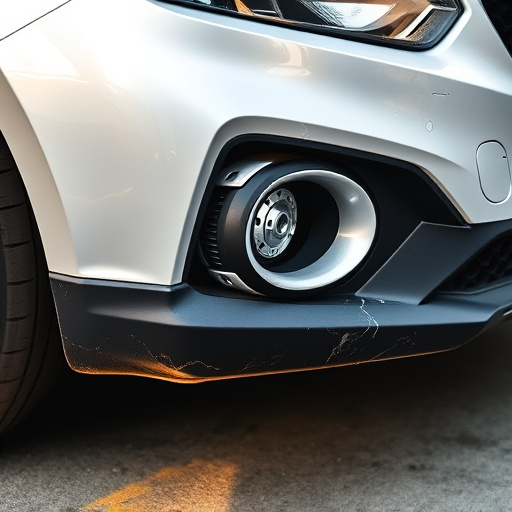
Understanding the extent of frame damage is crucial when determining the frame repair cost, as it varies significantly depending on the vehicle type and model. Frame damage can occur due to various reasons, from minor fender benders to severe accidents or even rust over time. This structural damage affects the integrity of the vehicle’s chassis, which is essential for safety and handling.
In classic car restoration cases, frame repair becomes an art as well as a precise engineering task. Each vintage model has unique design elements that require specialized knowledge and tools. A collision center typically handles these repairs, utilizing advanced techniques to realign and strengthen the frame. The process involves meticulous measurements, welding, and straightening to ensure the vehicle’s structural stability after a vehicle collision repair.
Vehicle Type: A Key Factor in Cost Calculation
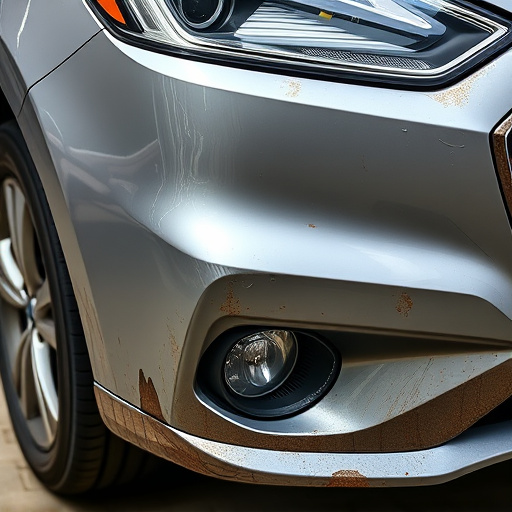
The frame is the backbone of any vehicle, so when damage occurs—whether from a fender bender or a serious accident—frame repair cost can vary significantly depending on the vehicle type and model. SUVs and trucks, for instance, often have more robust frames that are easier to fix, while smaller cars may have more intricate designs that require specialized tools and techniques.
Consider a collision repair center offering car restoration services; they understand that each vehicle is unique. The cost of frame repair will reflect the complexity of the job, with some models needing extensive metalwork, welding, and even replacement parts. Unlike auto painting, which can be more standardized, frame repairs demand tailored solutions, making them a significant component in overall repair bills.
Model Variations: Unraveling Price Differences
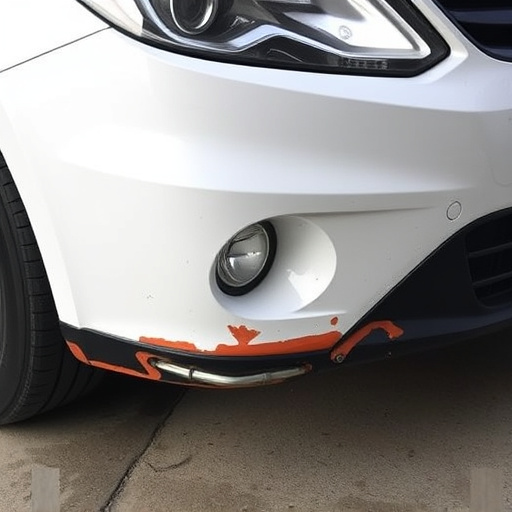
When it comes to frame repair cost, one often overlooks how much variations can exist between different vehicle models. This is largely due to the inherent complexities and design differences that set each make and model apart. For instance, luxury vehicles often have more intricate frames, advanced safety features, and premium materials, all of which contribute to a higher frame repair cost compared to simpler, mass-produced cars. Similarly, older models may lack modern design elements, making them easier and cheaper to repair than newer vehicles with more sophisticated parts and systems.
Understanding these model variations is crucial when budgeting for automotive repair services, especially after an accident or collision. For instance, a tire service might be relatively straightforward on a compact car, while a car collision repair involving frame adjustments could be far more intricate and time-consuming on a high-end SUV or sports car. As such, the frame repair cost will vary significantly not just between vehicle types but also among specific models within those categories.
When considering frame repair costs, it’s clear that vehicle type and model play significant roles. Damage assessment is crucial, as slight variations can lead to substantial price differences. For instance, while a small compact car might have an average frame repair cost of $2000, a larger SUV or luxury vehicle could see prices triple due to complex structural components. Understanding these factors empowers car owners to budget effectively and make informed decisions when facing frame damage, ensuring they receive quality repairs without unexpected financial surprises.
